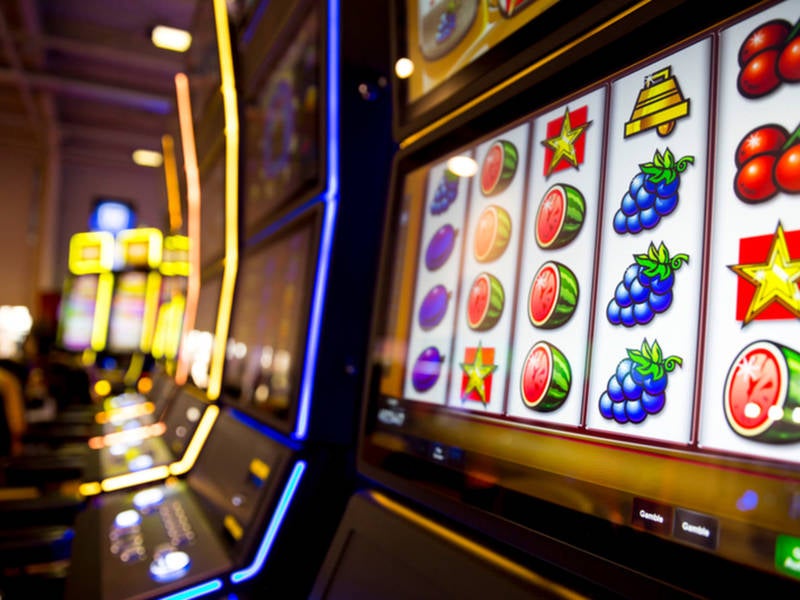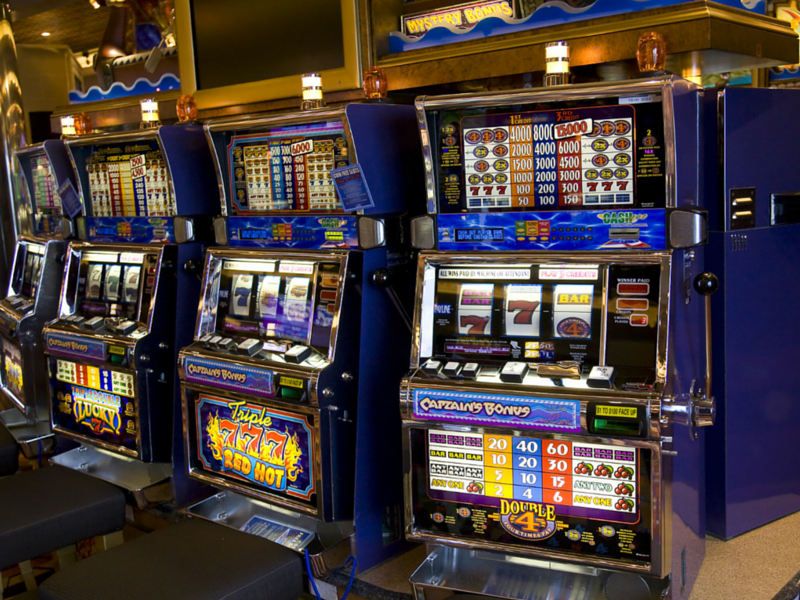Slot machines provide gaming entertainment to millions of people worldwide. But have you ever wondered about the history of slot machines? How did it all begin? In this article, we will take a journey through time and delve into the fascinating history of slot machines.
The first slot machine was invented in the late 1800s by a man named Charles Fey. He was a mechanic who worked in San Francisco, California. Fey wanted to create a game that would be simple and fun to play, and so he created the first mechanical slot machine. It was called the Liberty Bell, and it had three spinning reels with symbols on them – the classic cherries, bars, and sevens. The machine was activated by pulling a lever, which eventually earned it the nickname of the one-armed bandit.

The Liberty Bell was an instant hit, and Fey began manufacturing and selling the machines to bars and saloons throughout San Francisco. However, Fey wasn’t the only one exploring this new form of gambling technology. Other inventors around the United States began developing their own version of mechanical slot machines, and soon there was stiff competition in the market.
In response, Fey created a new model of the Liberty Bell that had different symbols and a more complex payout system. He called it the Operator Bell, and it became even more popular than its predecessor. Slot machines became a fixture in the gambling industry, and by the early 20th century, they could be found in almost every casino and gambling establishment in the United States.

The next major advancement in the slot machine’s history came in the 1960s with the invention of the electromechanical slot machine. This new machine used electronic circuitry in addition to mechanical parts, allowing for more complex gameplay and larger payouts. It also featured new types of symbols, such as wild and scatter symbols, which set the stage for even more exciting and varied gameplay.
By the 1980s, video slot machines were introduced, which used computer graphics instead of physical reels to display the symbols. This opened up a world of new possibilities for slot machine gameplay, as designers were no longer limited by the mechanics of physical reels. Video slots also allowed for more complex payout structures, with multiple paylines and multiple bonus features.
Today, video slots are the most popular type of slot machine in casinos worldwide. They come in many different themes and offer a wide variety of gameplay features, such as free spins, bonus rounds, and progressive jackpots. Some even incorporate popular movies and TV shows into their themes to make them even more appealing to players.
The slot machine has come a long way from its humble beginnings as a simple mechanical device. From the Liberty Bell to the modern video slot machine, the evolution of this popular gambling game has been remarkable. No matter what type of slot machine you prefer, the history of the slot machine is a testament to the enduring appeal of this classic gaming pastime.











